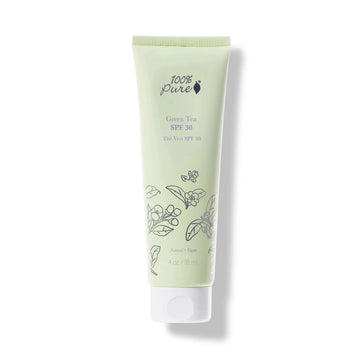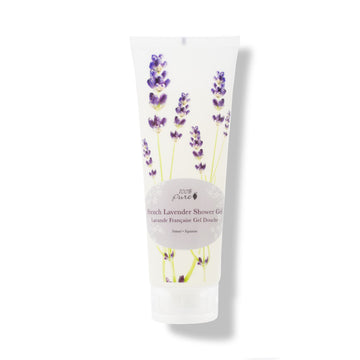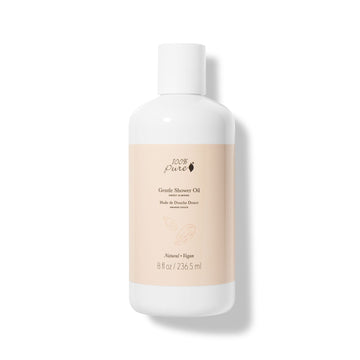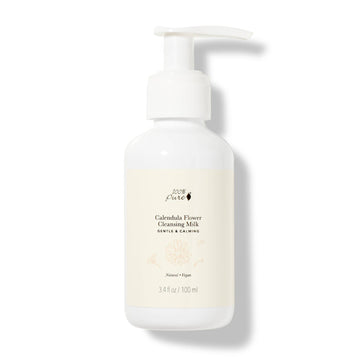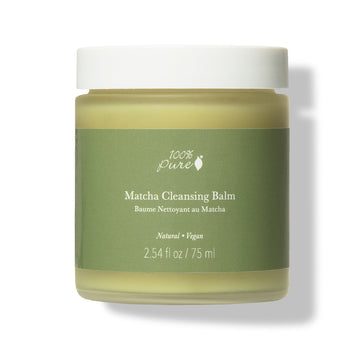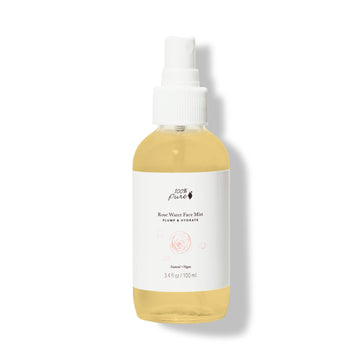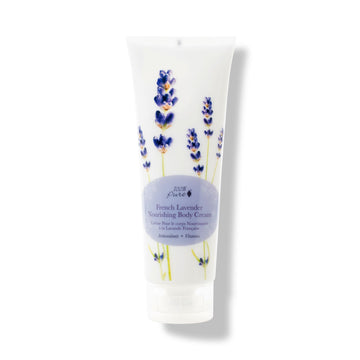How to treat sunburn at home with gentle ingredients
Written by: 100% PURE ®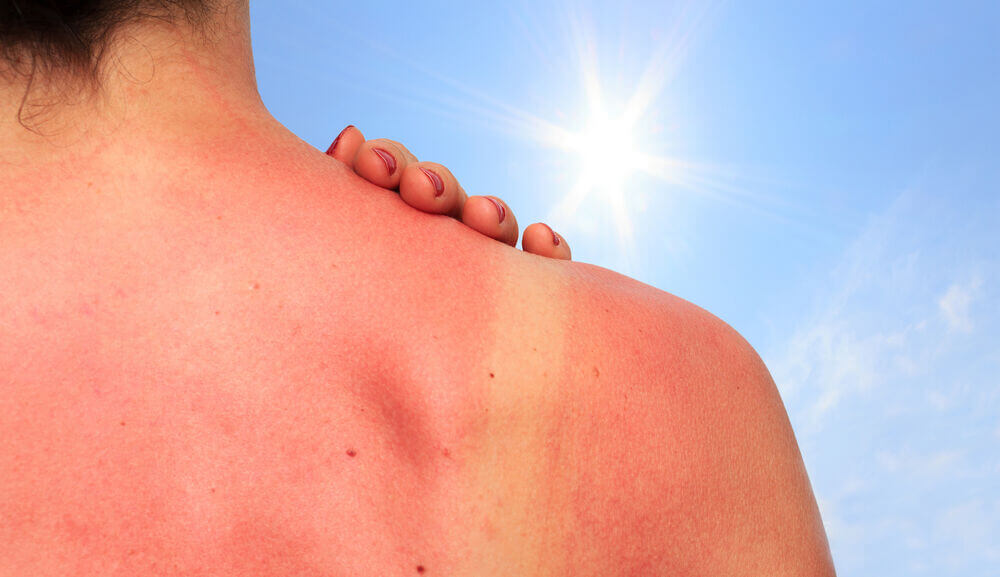
We take sun protection seriously. It’s difficult to exaggerate the importance of reducing UV exposure on your skin.
Yet despite our best efforts to thwart it, sunburn still happens. Sometimes we don’t use enough sunscreen, and sometimes we completely forget about it. When this happens, it’s important that first, we forgive ourselves. These things happen!
Second, it’s essential to understand how to treat sunburn, so that we can have a quick recovery that’s as painless as possible. But in order to understand how to treat sunburn, we must first understand the phases of sun damage.
Phase 1: Exposure
It might sound like a no-brainer, but it needs to be said: all sunburn starts with sun exposure.
The time it takes to develop a sunburn depends on a number of factors, such as the temperature, the sun’s position in the sky, and your skin’s sensitivity to UV rays. That being said, it’s absolutely possible for a day to get hot enough that someone could develop sunburn within as little as 15 minutes.
Phase 2: Burn
After that initial exposure, sunburn will show up about 2 hours later. At this point, your skin cells on the surface create an inflammatory response to alert your immune system of a potential injury, hence the red, irritated skin we tend to get when sunburned.
Phase 3: Sore, Burning Skin
While a fresh sunburn might not hurt within that first hour, you may experience intensified soreness and stinging within the first day, typically within 6 hours. At this point, sunburned skin may be especially sensitive to heat, which is especially uncomfortable when taking a hot shower or bath. In some cases, blisters may additionally develop in this phase, which work to protect the delicate surface tissue as it heals.
Phase 4: Peeling
After about 2 days, the pain caused by your sunburn should be mostly gone. However, as the skin heals, it’s normal for peeling to occur for a few days. During the period, the damaged skin cells shed off of the dermis to give way to new ones.
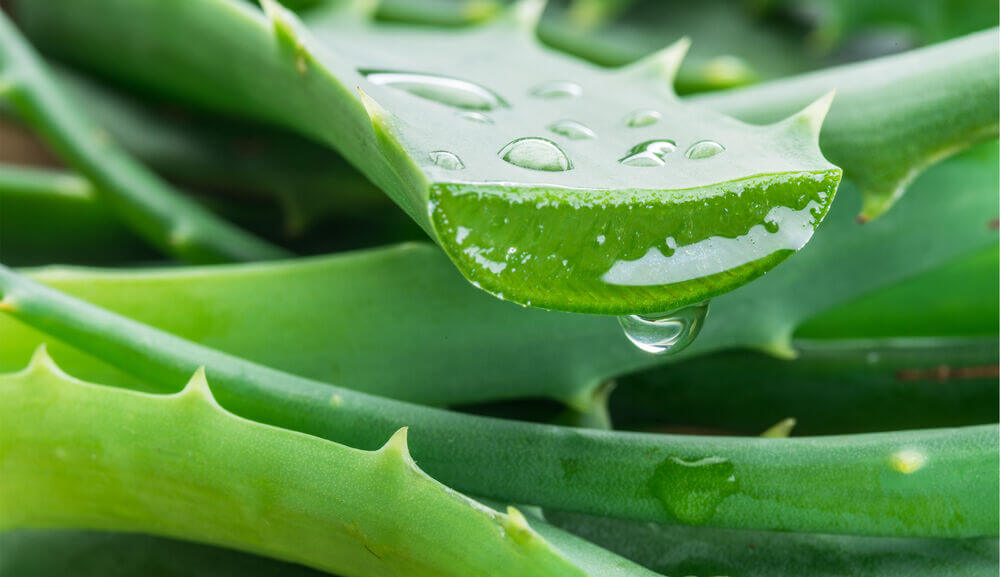
When skin becomes sunburnt, it can feel as though anything will bring on the burn even more. Luckily, there are plenty of ingredients that can actually help soothe the area, and even encourage recovery!
For learning how to treat bad sunburn, here are some key ingredients:
Aloe
Aloe may be one of the most well-known ingredients for treating sunburn, largely attributed to its cooling, hydrating properties. It’s even been shown in peer-reviewed studies like this one that aloe may even work as a remedy for second-degree burns, particularly due to a unique anti-inflammatory compound known as aloin.
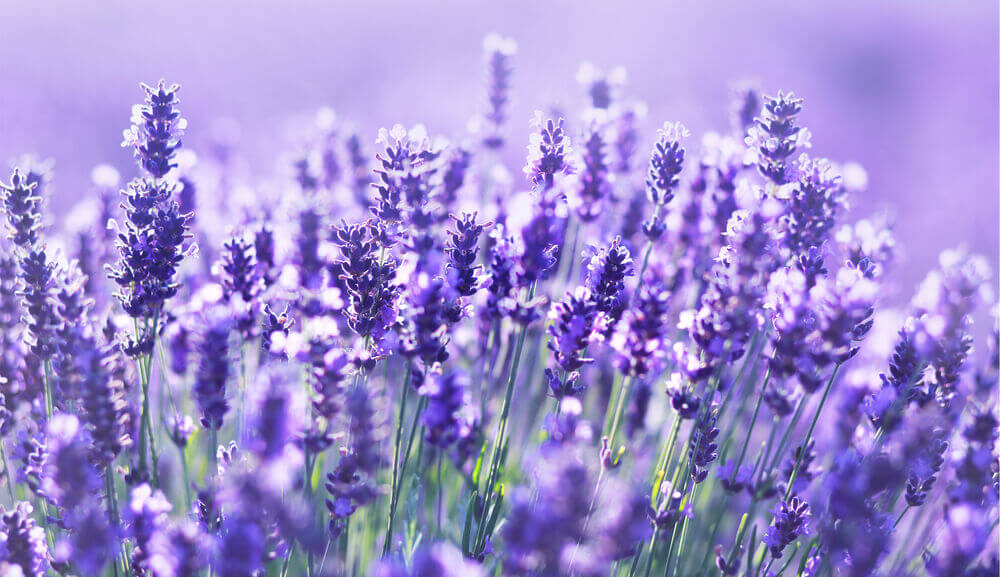
Lavender
Lavender’s been praised in herbal medicine for its versatility, assisting with ailments from insomnia to itchy, irritated skin. And with its anti-inflammatory and antiseptic properties, lavender may help with the sunburn’s healing process.

Chamomile
Chamomile has been used around the world for centuries for its abundance of antioxidants. Its anti-inflammatory and antioxidant properties allow it to restore and soothe skin and heal everything from sunburns to bruises.
Calendula
As a plant rich in antioxidants, this pretty yellow flower is notorious for its soothing abilities, especially when it comes to damaged, irritated skin. Calendula flower is also known to be especially gentle on sensitive skin, making it suitable for a variety of skin conditions.
Green Tea
At this point, you might notice that antioxidants are major players in the healing process for sunburns, and you can find a ton in green tea. Green tea is especially high in tannic acid and theobromine, which can help soothe and quicken the healing of irritated, damaged skin.
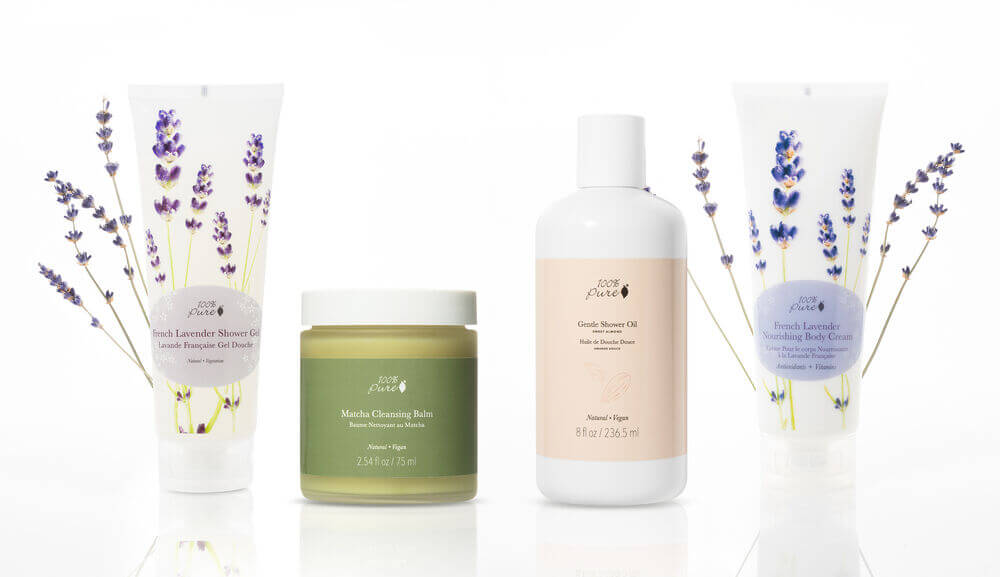
Based on the phases we mentioned in the beginning of this article, here’s how to treat sunburn at home.
Step 1: Minimize the Sun Exposure
The best cure for sunburn is, of course, prevention. And the best way to treat sunburn is by staying out of the sun – but that’s not always realistic.
There are plenty of ways to reduce sun exposure outdoors, starting with sunscreen. While any sunscreen is better than none at all, we recommend a mineral sunscreen that’s free of potentially harmful chemicals like oxybenzone. All the better when your sunscreen contains skin-soothing ingredients.
Step 2: Hydrate & Cool Down
Once you’re back inside and out of the sun’s rays, this is when your sunburn will become noticeable.
That’s why it’s important that you drink lots of water, because adequate hydration is necessary for skin to heal. Since it draws these fluids from your body, you can run the risk of dehydration if you’re not replenishing them.
Since sunburn is an inflammatory reaction to the sun’s UV rays, treat exposed skin as you would any other skin experiencing redness and inflammation. Take extra measures to cool down by relaxing in front of a fan or hopping into a quick, cold shower.
Step 3: Treat Your Sunburn with Skin Soothers
After a few hours, your sunburn may begin to sting and feel sore. This is when some skin-soothing ingredients will be especially helpful. Aloe vera can be pretty effective, but there are plenty of products to help you treat your sunburn.
When showering or washing your face, make sure that you’re using 1) lukewarm or cool water and 2) a body wash that’s suited for sensitive skin. Unfortunately, most body washes on the market are made with sodium lauryl sulfate, which is extremely stripping on the skin’s barrier.
Our French Lavender Shower Gel is completely free of sulfates, and contains hydrating ingredients like vegetable glycerin and aloe, along with soothing calendula, lavender, and green tea.
The Gentle Shower Oil is another option for providing moisture and hydration to sun-sapped skin. This formula is gentle enough for even severe sunburns, and may even help soften peeling skin. You can use your hands to glide this shower oil over the skin for a super gentle wash after getting sunburned.
When you’re experiencing sunburn on your face, look for a cleanser that’s both gentle and hydrating. Our Calendula Flower Cleansing Milk is not only gentle on your skin, but provides a burst of hydration with aloe vera.
For a gentle makeup remover, our Matcha Cleansing Balm effortlessly and gently removes makeup while nourishing with shea butter and green tea. Matcha counteracts free radical damage from UV rays, while reducing redness with anti-inflammatory properties.
To spot-soothe especially burnt areas of skin, keep rose water handy. Spritz it on to instantly cool, reduce inflammation, and dose skin with hydration.
Step 4: Hydrate Peeling Skin
If your sunburn starts the peeling process, it may be tempting to pick off or exfoliate the dead skin – but try to resist! Picking or scrubbing the skin can irritate your sunburn even more, slowing down the healing process.
Instead, focus on treating it with some topical anti-inflammatory and hydrating products. Once again, good old aloe vera makes a great choice, but a gentle moisturizer is also fantastic for sunburn. Our French Lavender Body Cream is rich with ingredients known to rejuvenate and nourish the skin like lavender, elderberry, and green coffee – not to mention loads of antioxidants to help fight inflammation.
More summer topics:
- Tags: Bath Body Hair, Ingredients, Skin Care, skincare
We carefully hand-select products based on strict purity standards, and only recommend products we feel meet this criteria. 100% PURE™ may earn a small commission for products purchased through affiliate links.
The information in this article is for educational use, and not intended to substitute professional medical advice, diagnosis, or treatment and should not be used as such.












